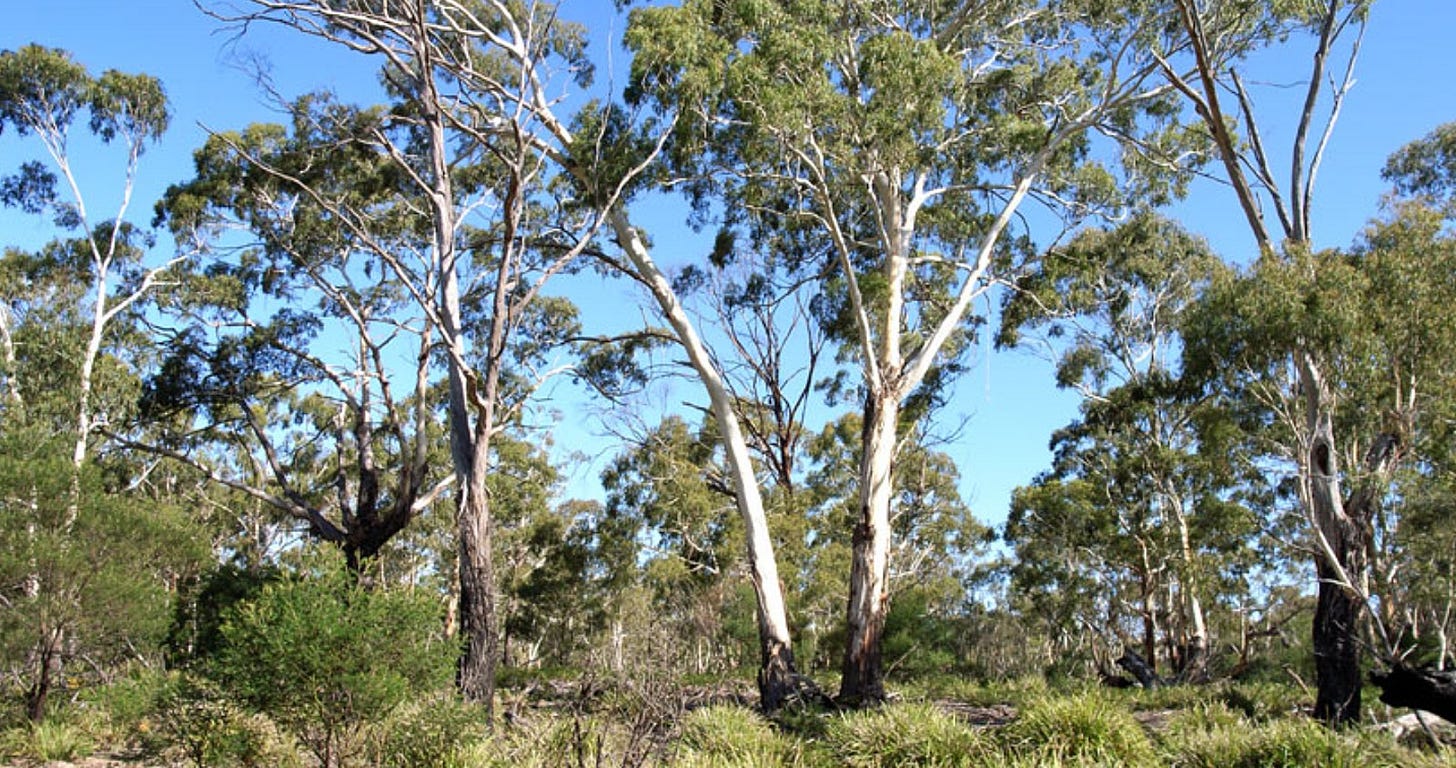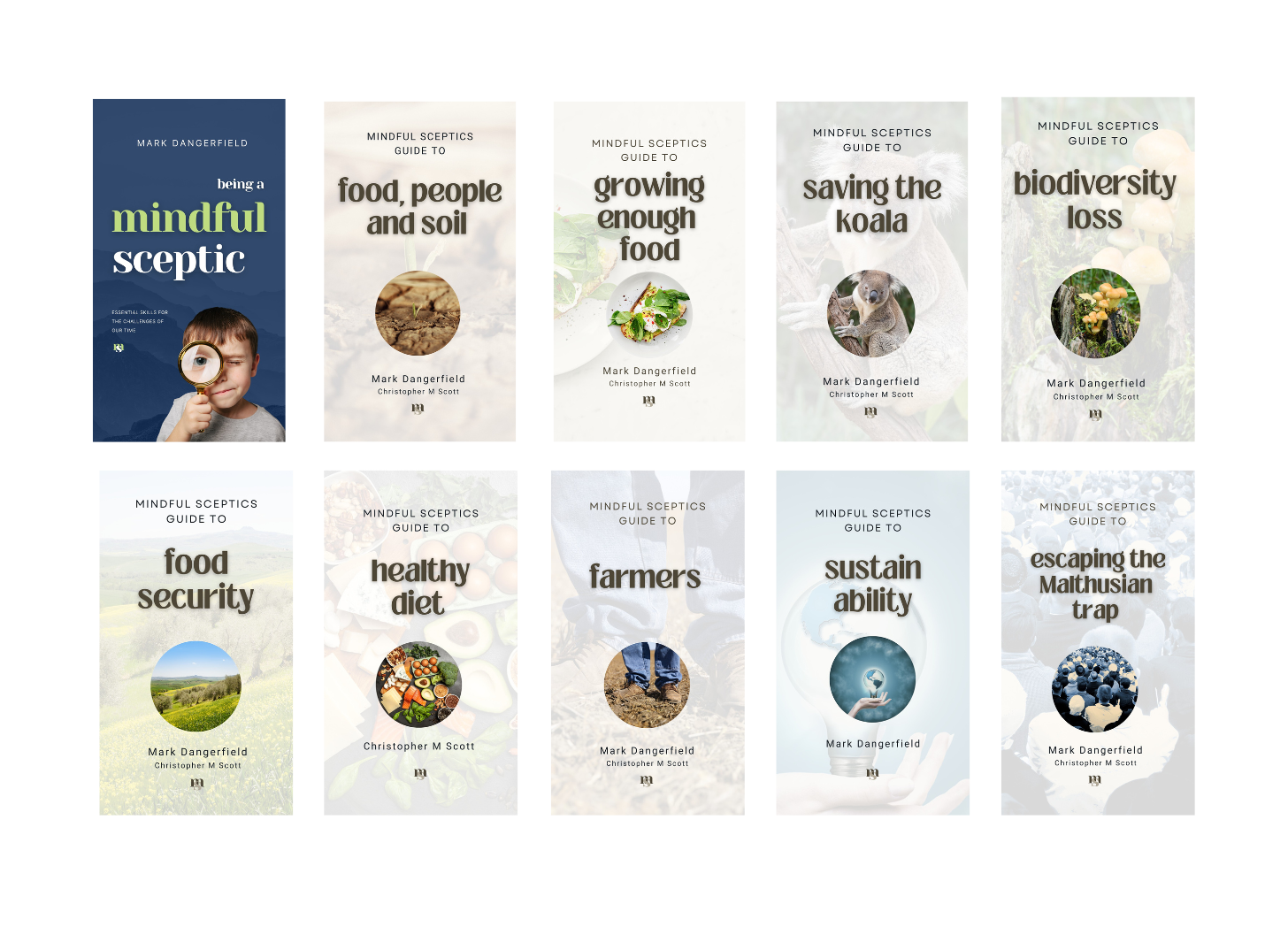Why Functions Matter More Than Names in Conservation
Should Functional Ecology Be Integrated into Restoration Practice
Standing in my backyard last weekend, watching a pair of honeyeaters dart between bottlebrush flowers, I wondered what mattered more, that I could name these birds or that I understood their role in pollinating the native plants around them.
After decades as an ecologist, I've come to a heretical conclusion on the question of names.
Our obsession with naming and classifying species might be holding back restoration efforts.
Don't get me wrong.
The systematic naming of species Carl Linnaeus gifted us in the 1700s revolutionised our understanding of life on Earth.
His elegant binomial system gives every species a unique scientific moniker, allowing researchers worldwide to communicate precisely about what they're studying. It's a remarkable achievement that's served biological science well for centuries.
But here's the problem.
When focusing intensely on names and classification, we risk missing what the named organism does and how everything works together. It's like memorising the parts list for a car without understanding how the engine functions.
I saw this principle in action recently when helping a retired couple restore native vegetation on their rural property in NSW.
After two days of planting work, I made a comment that perfectly captured this tension.
"One of the least interesting things here is the names of all the plants," I told them, gesturing at their newly restored landscape. "What's important is how everything functions."
I explained how one plant species stabilises the stream bank while another will provide food and shelter for wildlife. Another will attract seed-eating birds and deliver further seed. The names were proper labels, but understanding these functional relationships was what mattered for successful restoration.
“But don't the koalas like the Tallowwood?” the lady said.
That's Eucalyptus microcorys to the botanist.
“They do,” I said, “but unless we get some cover growing, we can't get the humid, sheltered environment that the understory likes. It's a process. We’ll get the plants to work together. We can also get some other species established that koalas use.”

A shift from naming to understanding function has profound practical implications for restoration and conservation.
When we restore landscapes, should we focus more on rebuilding ecological functions than replanting specific species?
When we protect habitats, should we prioritise maintaining key processes over preserving particular named species?
I am not suggesting that we abandon taxonomy. The precision and shared language it provides is invaluable.
Instead, we need to expand our focus to include names and functions, particularly on understanding ecological relationships and processes.
Ecologists are onto this with work on plant functional traits. Ironically, it involves naming and grouping plant attributes (characteristics) to understand how they influence ecosystem processes like nutrient cycling, water use efficiency, and carbon sequestration.
Scientists can predict how plant communities will respond to changing climates, land use, and other disturbances by recording traits across species and environmental gradients. For example, traits related to drought tolerance or shade tolerance allow researchers to assess how species will shift in distribution as environmental conditions fluctuate.
This research also helps identify key species contributing to ecosystem stability and resilience.
Among other things, this focus on function means…
Observing how species interact before rushing to classify them
Studying ecosystem functions even when we don't know all the species involved
Making conservation decisions based on maintaining crucial ecological processes
Training new generations of scientists to think in terms of both names and functions

I would argue that the most important questions often aren't "What is it called?" but rather "What does it do?" and "How does it contribute to the whole?"
Want more of this perspective?
The Mindful Sceptic newsletter explores these kinds of paradigm-shifting ideas every week.
We challenge conventional wisdom while maintaining scientific rigour, helping readers develop a more nuanced understanding of environmental challenges.
Join a community of mindful thinkers seeking deeper understanding beyond the headlines.
You can also explore our broader investigation of these themes in the Mindful Sceptic Guides series, where we apply critical thinking to everything from biodiversity loss to sustainable diet.
Sometimes, the most critical breakthroughs come not from having all the answers but from asking better questions.




